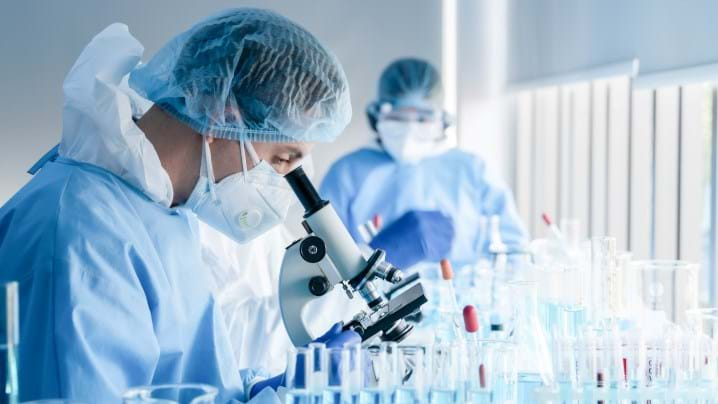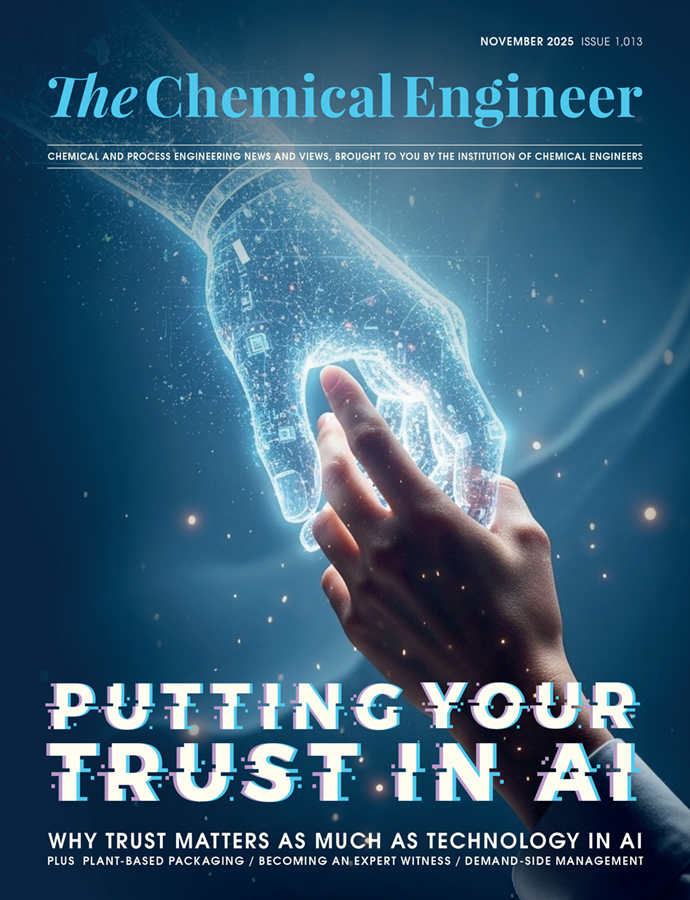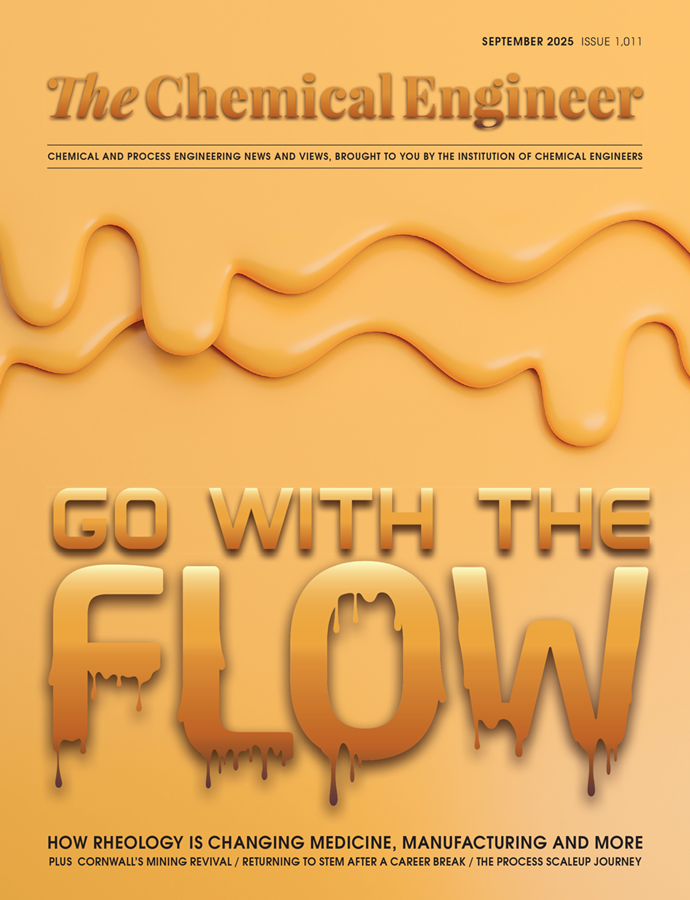IVF breakthrough offers hope for infertile and same-sex couples

RESEARCHERS in the US have successfully fertilised egg cells encoded with DNA taken from human skin, offering the chance for infertile and same-sex couples to have children genetically related to each parent.
The Oregon Health & Science University (OHSU) team, which published its results yesterday in Nature Communications, reported a “proof of concept” showing that a skin cell nucleus implanted into a donor egg can be induced to halve its chromosomes – a process normally restricted to sperm and egg cells – and then successfully fertilised through in vitro fertilisation (IVF).
IVF is already a well-understood technique for couples struggling with pregnancy, but for IVF-produced embryos to share both parents’ DNA they must each be able to produce viable sperm or egg cells – which is not possible if either is infertile or has received some types of cancer treatment. With further research, the OHSU team believes the method could enable infertile people to have genetically related children.
Paula Amato, a professor of obstetrics and gynaecology at OHSU and a co-author on the latest study, said: “In addition to offering hope for millions of people with infertility due to lack of eggs or sperm, this method would allow for the possibility of same-sex couples to have a child genetically related to both partners.”
The technique, which the researchers have coined “mitomeiosis”, achieved in vitro gametogenesis (IVG), the process or producing a single egg cell with 23 chromosomes outside a woman’s body. The first step was to use somatic cell nuclear transfer, where the nucleus of a human skin cell, which contains genetic information, is transplanted into an empty egg cell. This is the same process that was famously used to clone “Dolly the sheep” in Edinburgh in 1997. However, if this technique were to be repeated in humans without further steps, all 46 chromosomes required for human cells would be provided from a single parent.
Instead, the OHSU team was able to stimulate the cytoplasm in a total of 82 egg cells to prompt the nucleus to discard half of its chromosomes. They then fertilised the eggs with sperm cells using conventional IVF.
Roger Sturmey, professor of reproductive medicine at the University of Hull and not involved in the OHSU study, described the technique as “like skin cell nuclei had been persuaded to undergo a specific kind of nuclear division that would normally be seen only in eggs or in sperm”.
The researchers emphasised that extensive further research is needed before the method becomes viable, with a key challenge being its inability to reliably discard exactly half of the chromosomes in the nucleus. They also reported that only 9% of their fertilised eggs developed to embryos suitable for pregnancy. In natural reproduction, around a third of fertilised eggs make it to this stage.
Ying Cheong, a professor of reproductive medicine at the University of Southampton, said: “While this is still very early laboratory work, in the future it could transform how we understand infertility and miscarriage, and perhaps one day open the door to creating egg- or sperm-like cells for those who have no other options.”
Brave new world
The OHSU team anticipates at least another decade of research before clinical trials can begin, noting this timeline assumes such trials would be permitted in the US. This caveat reflects ongoing political uncertainty around reproductive rights, following Washington Post reports the Trump administration may abandon its commitment to expand access to IVF.
Recent Editions
Catch up on the latest news, views and jobs from The Chemical Engineer. Below are the four latest issues. View a wider selection of the archive from within the Magazine section of this site.




